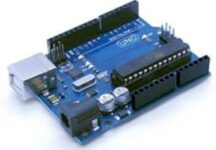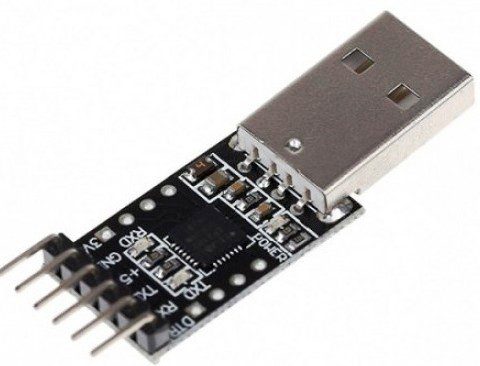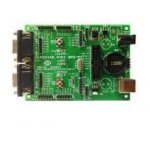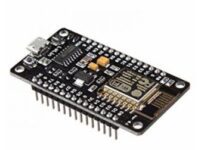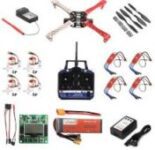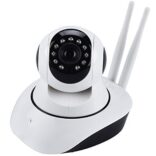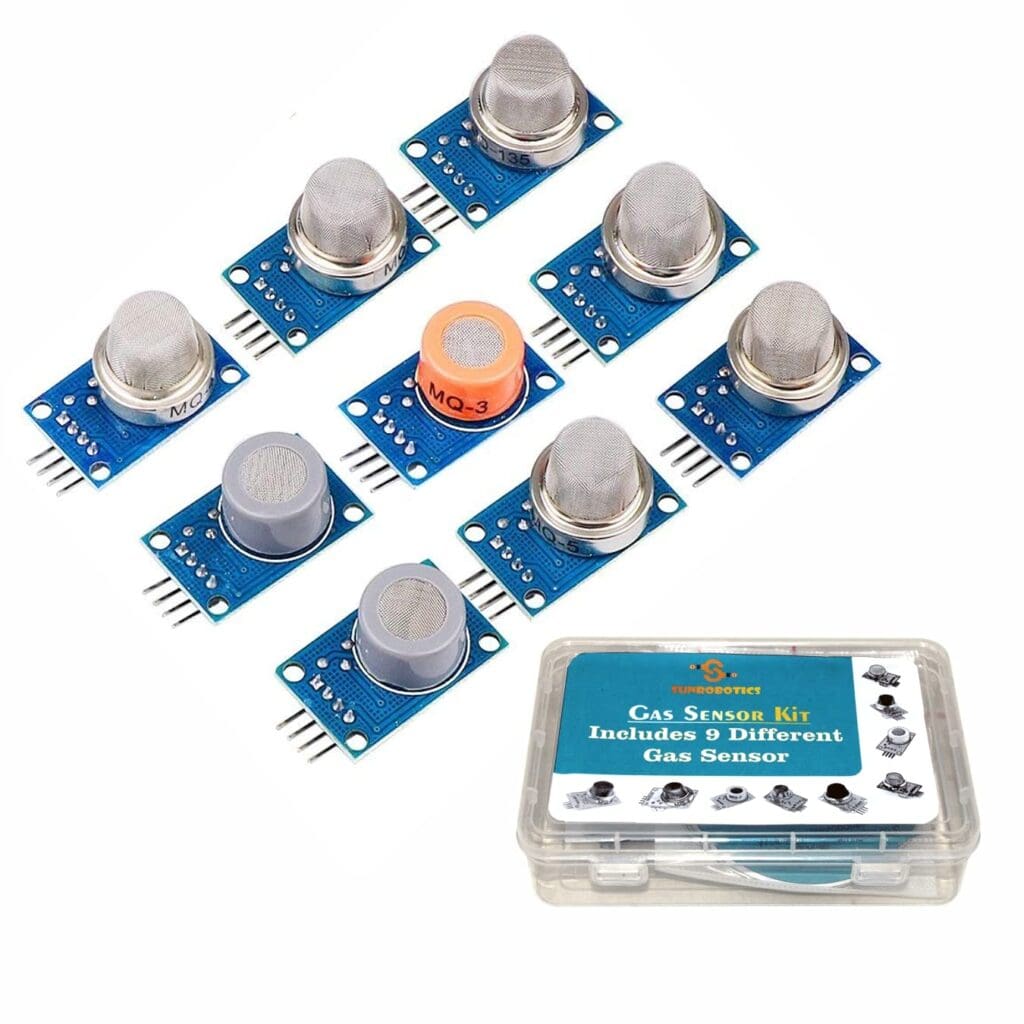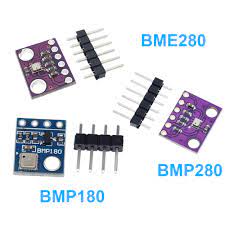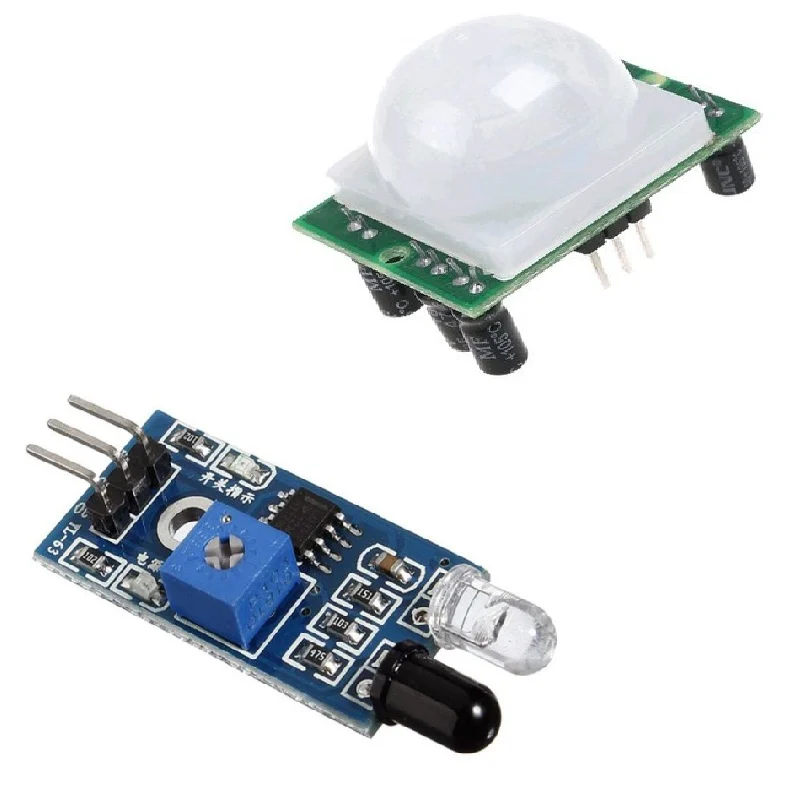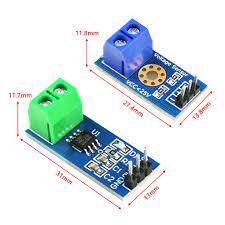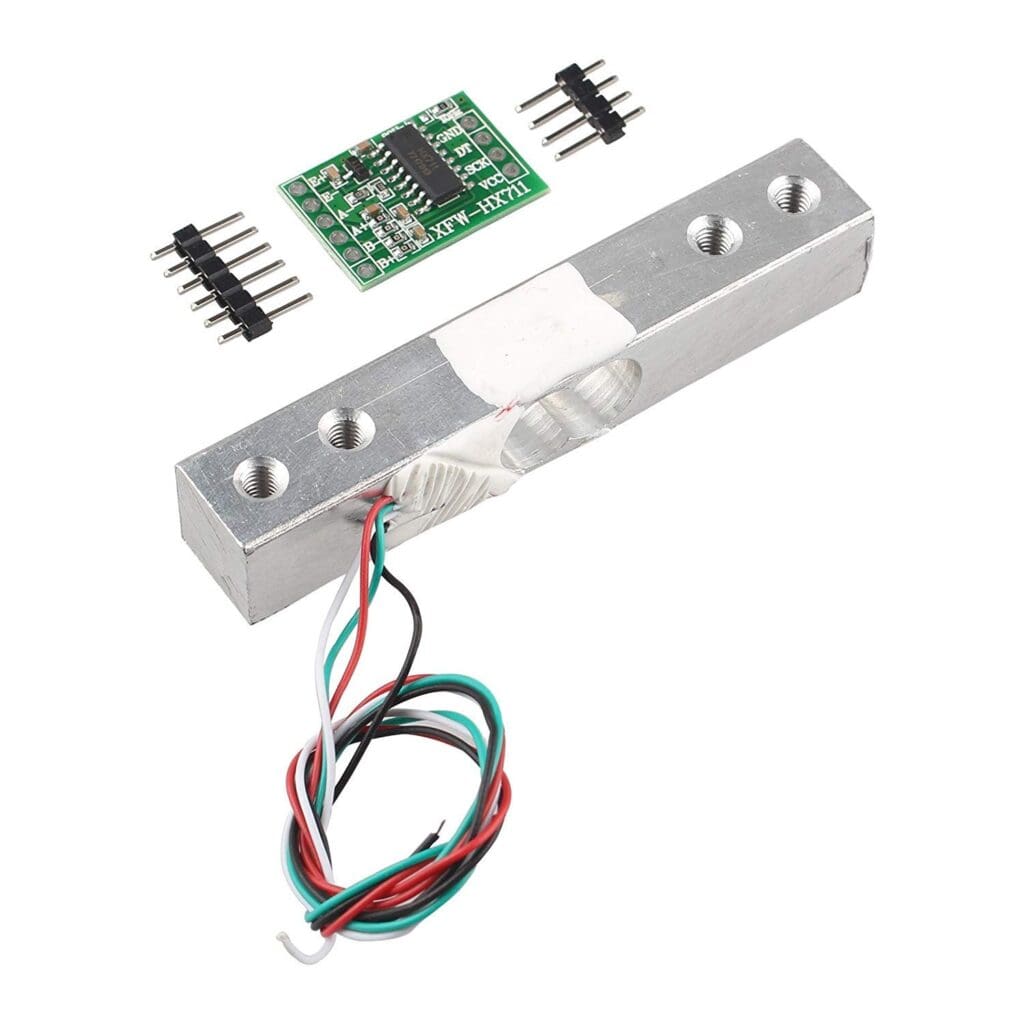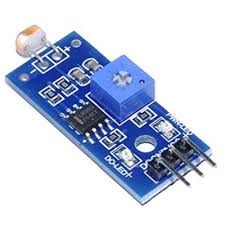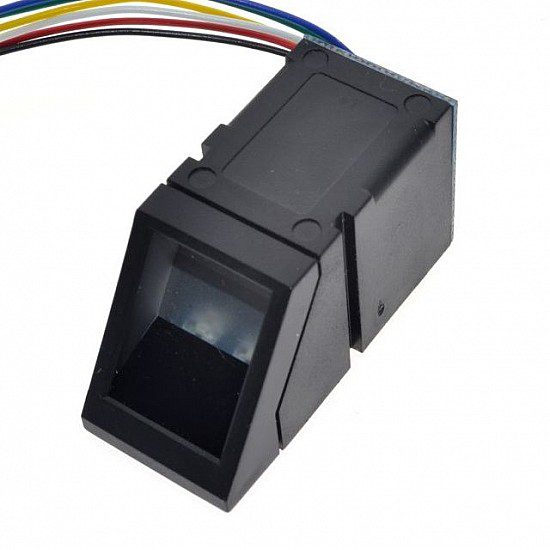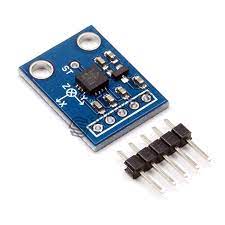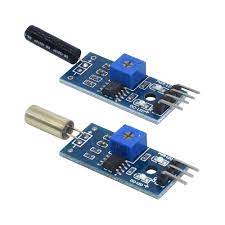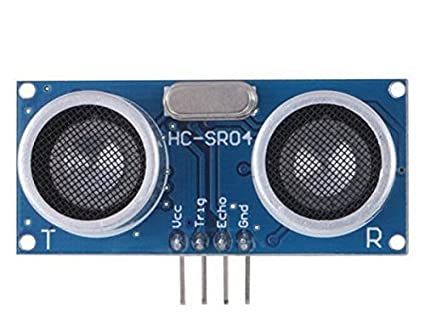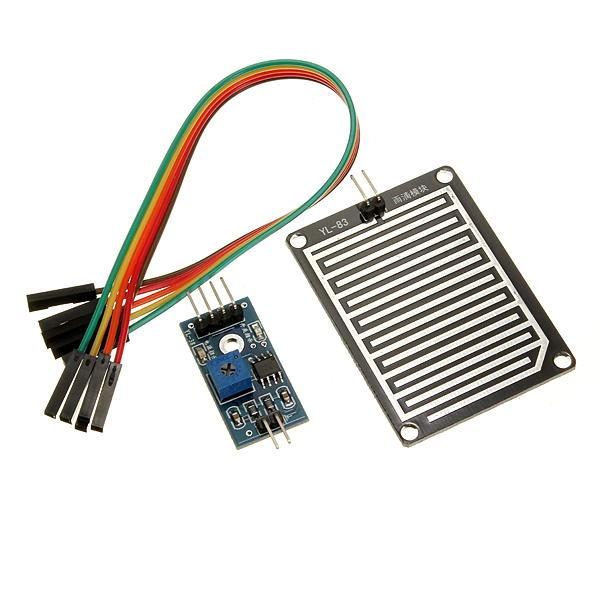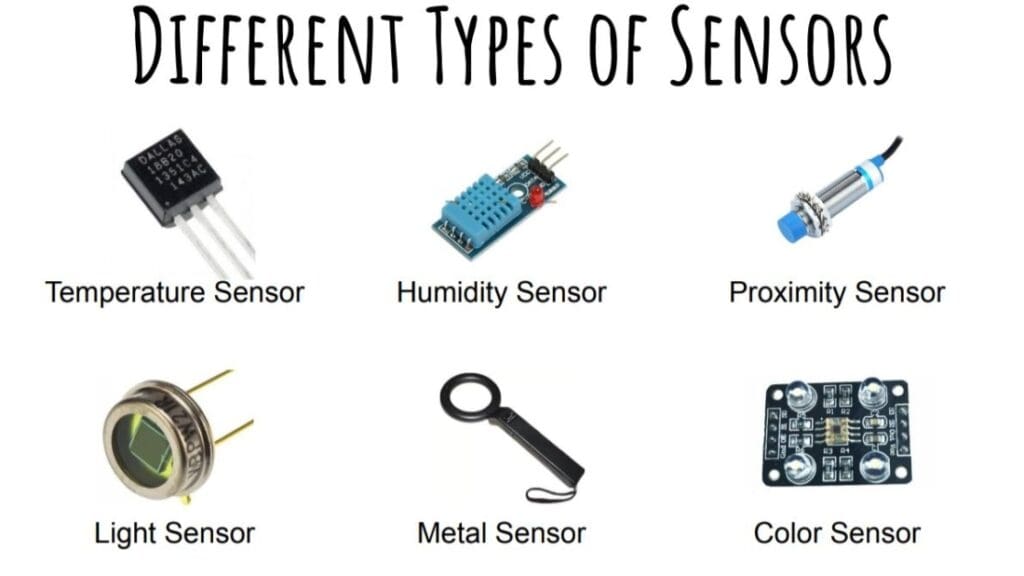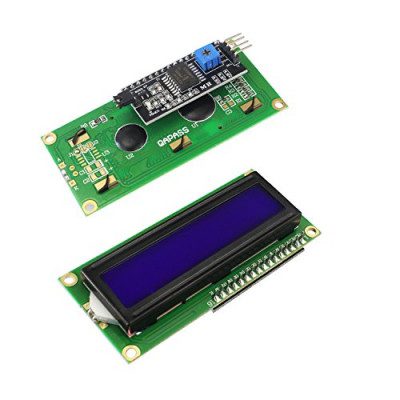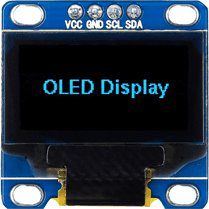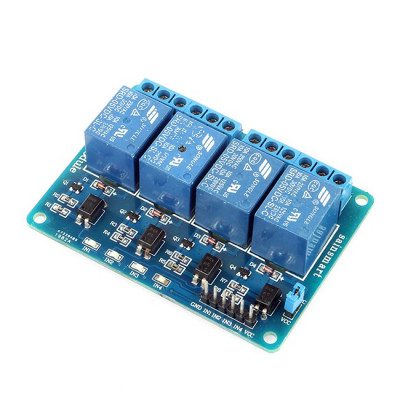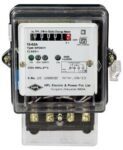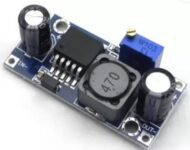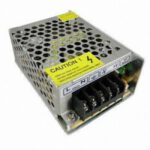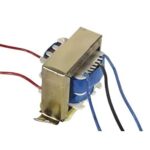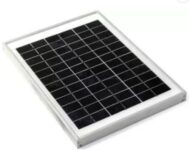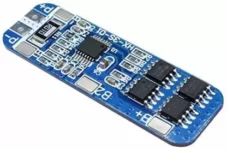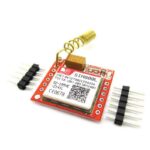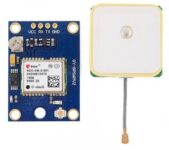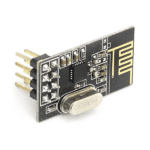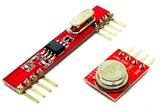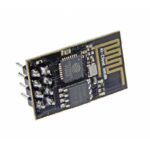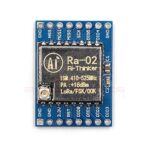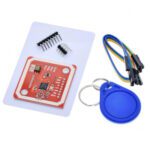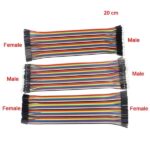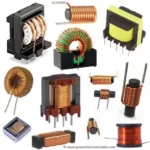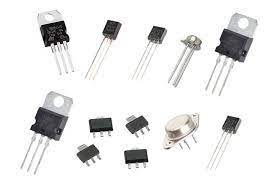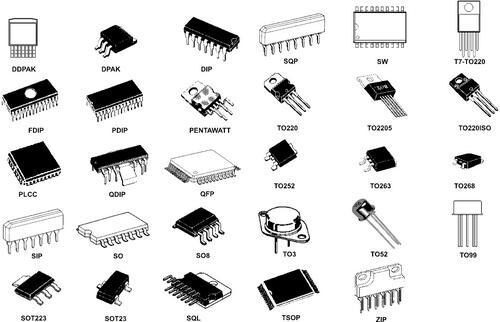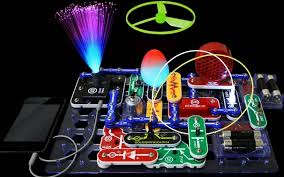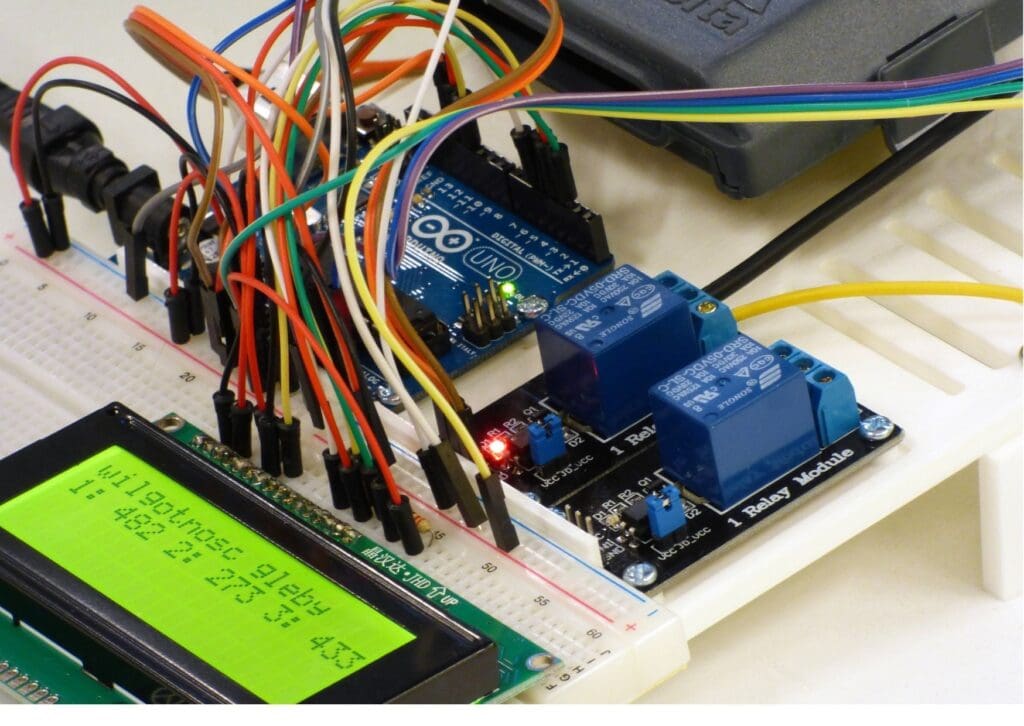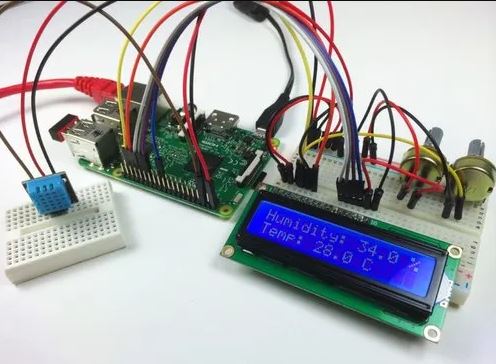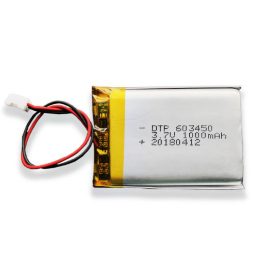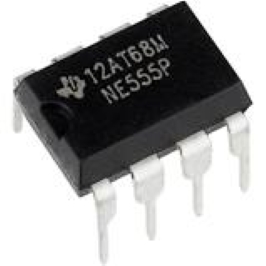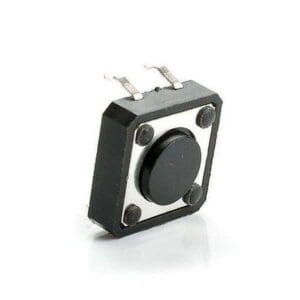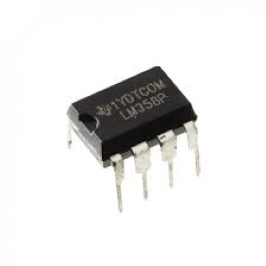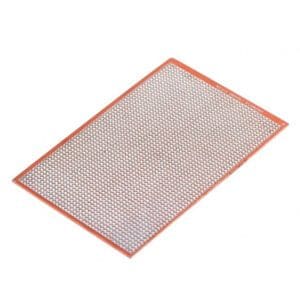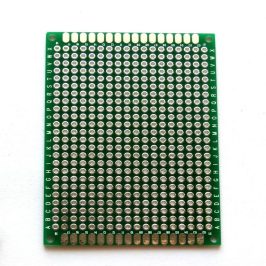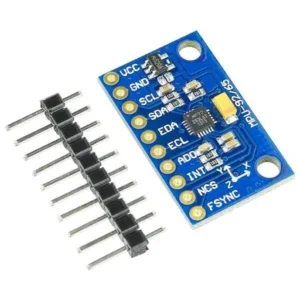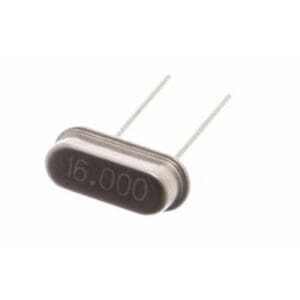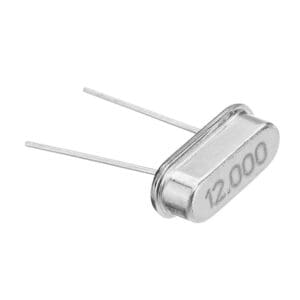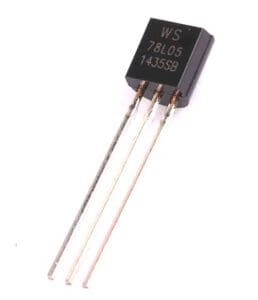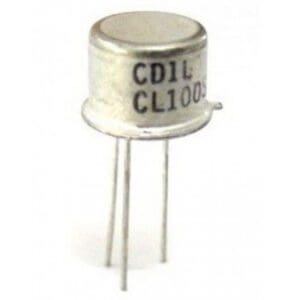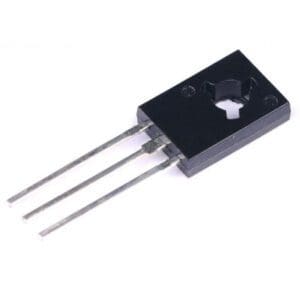Introduction
- Radio frequency (RF) technology plays a pivotal role in modern electronics, facilitating wireless communication, data transmission, and signal processing across various devices and systems. At its core, RF refers to electromagnetic signals with frequencies ranging from a few kilohertz to several gigahertz, encompassing a wide spectrum of applications. In electronics, RF technology is indispensable for enabling wireless connectivity in devices such as smartphones, Wi-Fi routers, and Bluetooth headphones, as well as for supporting critical infrastructure like radar systems, satellite communications, and broadcasting.
- RF technology relies on the principles of electromagnetic waves, where information is encoded onto carrier waves and transmitted through space or along conductive mediums. This transmission occurs through modulation techniques such as amplitude modulation (AM), frequency modulation (FM), and phase modulation (PM), which enable the encoding and decoding of signals at various frequencies and bandwidths. RF electronics encompass components like antennas, amplifiers, mixers, filters, and oscillators, which are designed to manipulate, process, and transmit RF signals efficiently.
- In electronics, RF technology finds application in diverse fields, including telecommunications, aerospace, defense, healthcare, and automotive industries. It enables wireless connectivity for voice and data communication, supports remote sensing and navigation systems, facilitates medical imaging and diagnostics, and powers smart devices and IoT ecosystems. As the demand for wireless connectivity and high-speed data transmission continues to grow, RF technology remains at the forefront of innovation, driving advancements in electronics and shaping the way we communicate, interact, and connect in the digital age.
Projects Categories:
Products Categories:
- Robotics
- Actuators
- Camera Modules
- Drone Kits
- Drone Components
- Chassis
- DC Motors
- Other Robotic accessories
- Pick and Place Modules
- Robotic Kit
- Servo Motors
- Stepper Motors
- Wheels
- Microcontrollers & Programmers
- 8051 Microcontroller
- Arduino Microcontroller
- ARM Development Board
- Interface Module
- NODMCU / ESP Modules
- PIC Microcontroller
- Raspberry Pi
- Devices and Actuators
- Display Modules
- Sensors & Module
- Power Supply / Batteries
- Wireless modules
- Electronic Components
- Wholesale Market
Description
- Radio frequency (RF) technology is the backbone of modern electronics, enabling wireless communication, data transmission, and signal processing across a wide range of devices and systems. Operating within a spectrum of frequencies from a few kilohertz to several gigahertz, RF technology forms the basis of various applications crucial to electronics. Its principles are grounded in electromagnetic waves, where information is encoded onto carrier waves and transmitted wirelessly or through conductive mediums.
- In electronics, RF technology is indispensable for establishing wireless connectivity in devices like smartphones, Wi-Fi routers, and Bluetooth-enabled gadgets. Additionally, it underpins critical infrastructure such as radar systems, satellite communications, and broadcasting networks. RF systems rely on modulation techniques like amplitude modulation (AM), frequency modulation (FM), and phase modulation (PM) to encode and decode signals across different frequencies and bandwidths.
- RF electronics encompass a suite of components including antennas, amplifiers, mixers, filters, and oscillators, meticulously designed to manipulate, process, and transmit RF signals efficiently. These components form the backbone of RF systems, enabling seamless wireless communication and data transfer across various devices and platforms.
- The applications of RF technology span diverse industries including telecommunications, aerospace, defense, healthcare, and automotive sectors. It facilitates wireless connectivity for voice and data communication, supports navigation and remote sensing systems, enables medical imaging and diagnostics, and powers smart devices and Internet of Things (IoT) ecosystems.
- As the demand for high-speed data transmission and wireless connectivity continues to surge, RF technology remains at the forefront of innovation in electronics. Its continuous evolution drives advancements in communication systems, shapes the development of emerging technologies, and revolutionizes the way we connect and interact in the digital era.
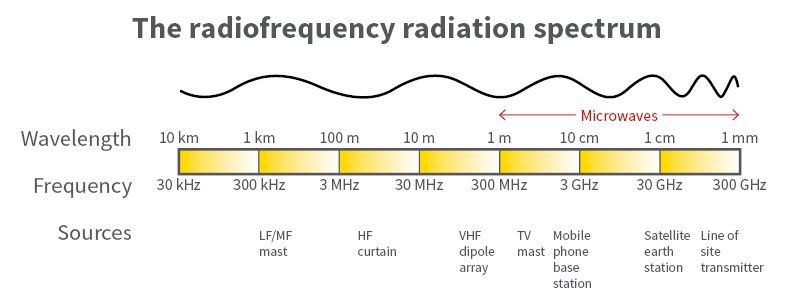
some different radio frequency bands
1. Very Low Frequency (VLF)
- Frequencies 3 kHz to 30 kHz
- Applications Submarine communication, time signals, navigation systems.
2. Low Frequency (LF)
- Frequencies: 30 kHz to 300 kHz
- Applications AM radio broadcasting, long-range navigation systems, RFID tags.
3. Medium Frequency (MF)
- Frequencies: 300 kHz to 3 MHz
- Applications AM radio broadcasting, maritime communication, air traffic control.
4. High Frequency (HF)
- Frequencies 3 MHz to 30 MHz
- Applications Shortwave radio broadcasting, amateur radio, long-distance communication.
5. Very High Frequency (VHF)
- Frequencies 30 MHz to 300 MHz
- Applications FM radio broadcasting, television broadcasting, air traffic communication.
6. Ultra High Frequency (UHF)
- Frequencies 300 MHz to 3 GHz
- Applications Mobile phones, Wi-Fi, Bluetooth, GPS, satellite communication.
7. Super High Frequency (SHF)
- Frequencies 3 GHz to 30 GHz
- Applications Radar systems, microwave ovens, satellite communication, terrestrial microwave communication.
8. Extremely High Frequency (EHF)
- Frequencies 30 GHz to 300 GHz
- Applications Millimeter-wave communication, radio astronomy, remote sensing, imaging systems.
- These frequency bands are allocated by regulatory bodies like the International Telecommunication Union (ITU) to ensure efficient use of the radio spectrum and to prevent interference between different communication systems.

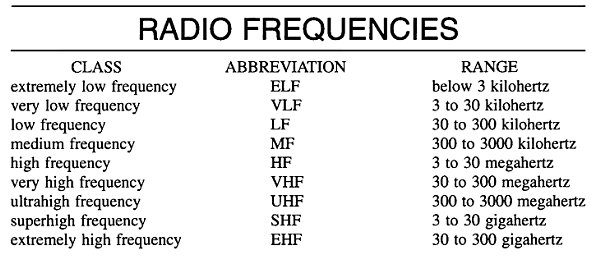
Radio frequency currents some of these properties.
1. Skin Effect At RF frequencies, currents tend to flow near the surface of conductors rather than through their entire cross-section. This phenomenon, known as the skin effect, results in higher resistance and reduced effective cross-sectional area for current flow. As a result, RF currents experience increased attenuation and heating compared to lower frequency currents.
2. Dielectric Heating RF currents can induce dielectric heating in materials with high dielectric loss, such as certain plastics and biological tissues. When exposed to RF fields, these materials absorb energy from the electromagnetic waves, causing them to heat up. Dielectric heating is utilized in applications like microwave ovens for cooking food and in RF ablation procedures for medical treatments.
3. Antenna Radiation RF currents flowing through antennas generate electromagnetic radiation, which propagates through space as radio waves. The properties of the RF current, such as its frequency, amplitude, and modulation, determine the characteristics of the emitted radiation, including its wavelength, polarization, and directionality. Antenna radiation is fundamental to wireless communication systems, enabling the transmission and reception of signals over long distances.
4. Non-Ionizing Radiation RF radiation falls within the non-ionizing portion of the electromagnetic spectrum, meaning it lacks sufficient energy to ionize atoms or molecules. While non-ionizing radiation does not pose the same risks as ionizing radiation (e.g., X-rays and gamma rays), prolonged exposure to high levels of RF radiation can still cause tissue heating and other biological effects. Regulatory guidelines exist to limit human exposure to RF radiation from sources such as cell phones, Wi-Fi routers, and radio towers.
5. Transmission Line Effects RF currents traveling along transmission lines experience unique effects such as impedance mismatch, reflections, and standing waves. These phenomena can lead to signal distortion, loss of power, and interference in RF transmission systems. Techniques like impedance matching, shielding, and balun design are employed to optimize the performance of RF transmission lines and minimize these effects.
- Understanding these special properties of RF currents is essential for designing and operating RF systems effectively, whether in communication, broadcasting, medical applications, or industrial processes.
Radio Frequency Wireless Technology
1. Electromagnetic Waves RF wireless technology utilizes electromagnetic waves for communication. These waves propagate through space or along conductive mediums and carry information encoded onto them.
2. Frequency Bands RF wireless technology operates across a wide range of frequency bands, including VLF, LF, MF, HF, VHF, UHF, SHF, and EHF, each with its own characteristics and applications.
3. Wireless Communication RF technology enables wireless communication between devices such as smartphones, laptops, IoT sensors, and base stations. It facilitates voice, data, and multimedia transmission over long distances without the need for physical connections.
4. Modulation Techniques RF signals are modulated using techniques such as amplitude modulation (AM), frequency modulation (FM), and phase modulation (PM) to encode information onto carrier waves. These modulation schemes determine how the signal’s characteristics change to convey data.
5. Antennas are essential components in RF wireless systems, both for transmitting and receiving signals. They convert electrical signals into electromagnetic waves for transmission and vice versa for reception. Various antenna designs are used depending on the application, including dipole antennas, patch antennas, and parabolic antennas.
6. Wireless Networking RF technology forms the basis of wireless networking standards such as Wi-Fi, Bluetooth, Zigbee, and cellular networks (3G, 4G, and 5G). These networks enable devices to connect and communicate with each other over the air, facilitating internet access, file sharing, and device control.
7. RFID Radio-frequency identification (RFID) is a wireless technology that uses RF signals to identify and track objects or individuals. RFID tags, equipped with an antenna and a microchip, emit RF signals when activated by an RFID reader, enabling automatic identification and data capture in various applications like inventory management, access control, and asset tracking.
8. Remote Sensing and Control RF wireless technology is used in remote sensing and control applications, such as weather monitoring, environmental sensing, and industrial automation. Sensors equipped with RF transceivers can wirelessly transmit data to central monitoring systems, enabling real-time monitoring and control of remote processes.
9. Satellite Communication RF signals are used for satellite communication, enabling global connectivity for voice, data, and multimedia transmission. Satellites orbiting the Earth relay RF signals between ground stations, providing services like television broadcasting, internet access, and GPS navigation.
10. Security and Privacy RF wireless communication systems employ encryption, authentication, and other security measures to protect data transmission from eavesdropping, interception, and unauthorized access. These measures ensure the confidentiality, integrity, and authenticity of transmitted information.
Conclusion
- In conclusion, radio frequency (RF) technology serves as the foundation for wireless communication systems, enabling seamless connectivity, data transmission, and remote sensing across a myriad of applications. From smartphones and Wi-Fi networks to satellite communication and RFID systems, RF technology permeates modern life, facilitating global connectivity and enabling innovative solutions in diverse fields.
- With its wide range of frequency bands, modulation techniques, and antenna designs, RF technology offers versatility and adaptability to meet the requirements of various communication standards and applications. As wireless networking continues to evolve with the advent of 5G and beyond, RF technology remains at the forefront of innovation, driving advancements in telecommunications, IoT, industrial automation, and beyond.
- However, the widespread adoption of RF technology also brings challenges such as spectrum congestion, interference, and security concerns. Addressing these challenges requires ongoing research, standardization efforts, and advancements in signal processing and network optimization.
- Overall, RF technology plays a pivotal role in shaping the modern world, empowering connectivity, enabling innovation, and driving progress towards a more connected and technologically advanced society.
For additional blog content, to explore further insights and articles. Click here
How to attach heat sink
How to attach heat sink to raspberry pi 4 INTRODUCTION Attaching a heat sink to...
Read MoreUnderstanding Integrated Circuit And Microchips
Understanding Integrated Circuit And Microchips Introduction Integrated circuits (ICs), often referred to as microchips, are...
Read MoreExploring The world of Quantum
Exploring The World Of Quantum Sensors Quantum sensors are fascinating devices that leverage the principles...
Read MoreRaspberry Pi Microcontroller
Raspberry Pi Introduction Welcome to the world of Raspberry Pi projects, where creativity meets technology!...
Read More


